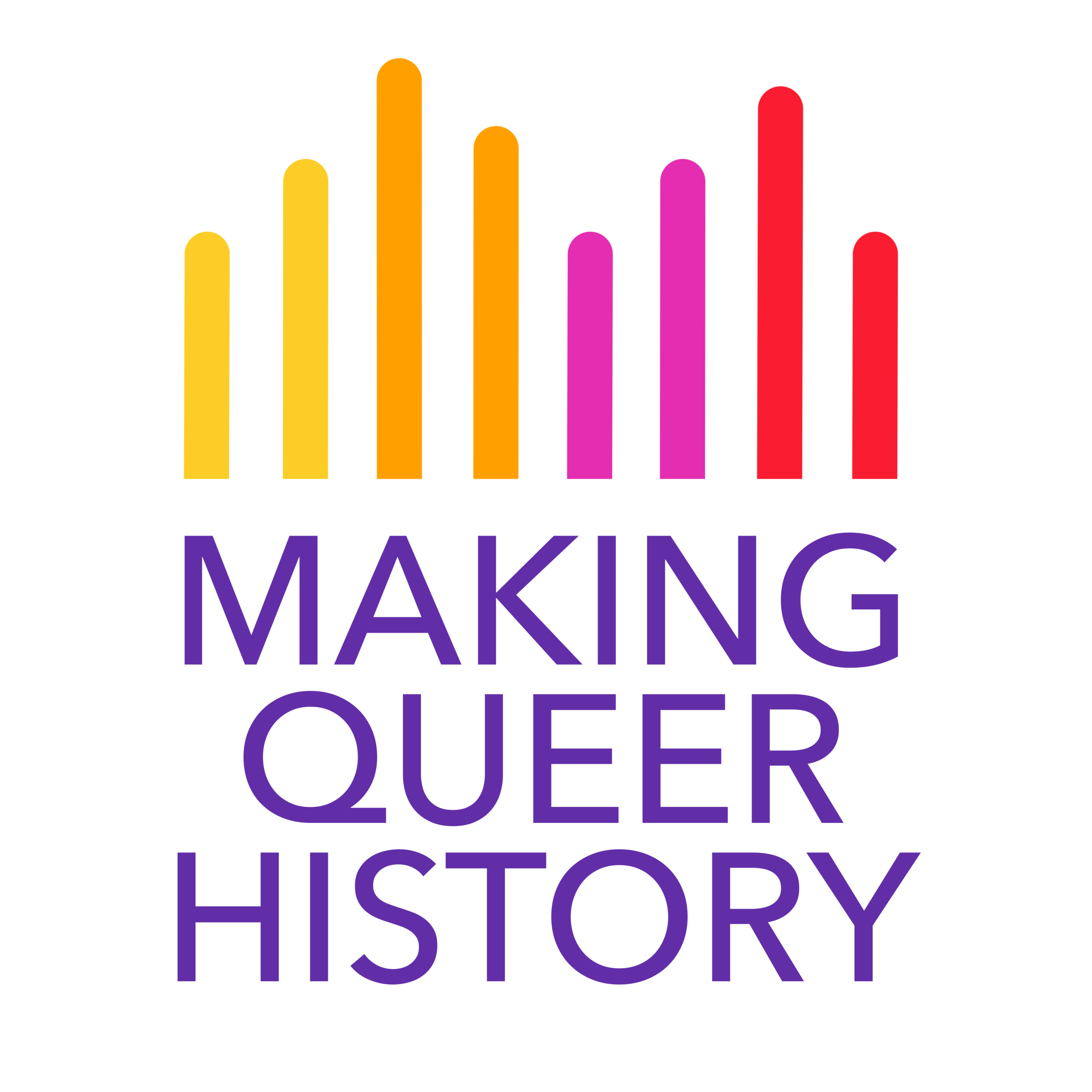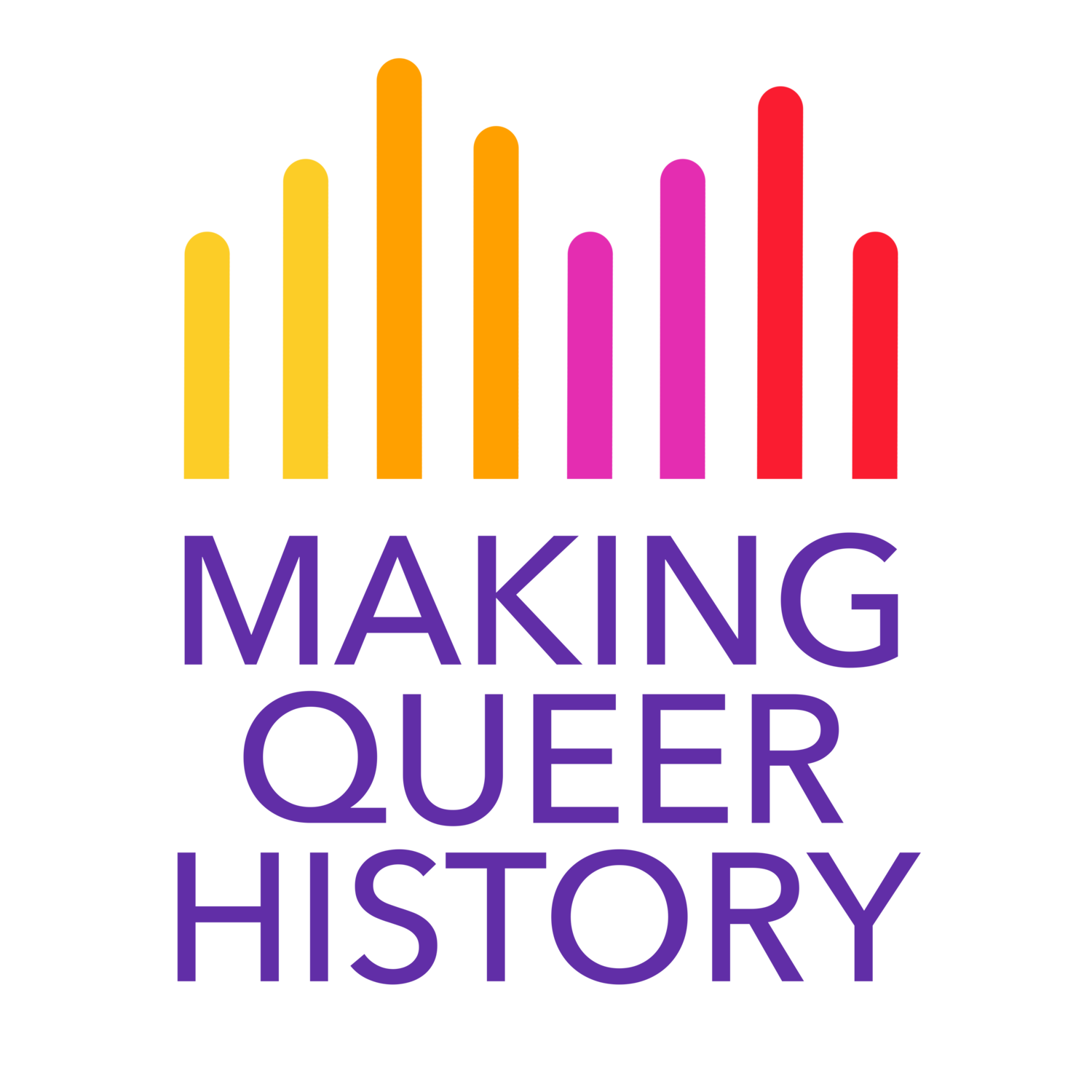Grupo Chaclacayo was a queer art collective from Lima, Peru active from 1982-1994. Through their subversive happenings, processions, photography, drawings, artifacts, and sculptures, they used their bodies as a site to critique issues within Catholicism, military violence, the mistreatment of indigenous communities, and homophobia. Grupo Chaclacayo was comprised of three central members: Helmut Psotta, Sergio Zevallos, and Raul Avellaneda, although they occasionally collaborated with others including Jorge Angeles, Sixto Paniora, Frido Martin, Klaus Wittkamp, Cesar Guerra, and Piero Pereira.
Making Queer History has a vague title because it has a rather vague purpose. We are not alone in our aim to tell the queer community’s history. What defines us is our focus not only on the past, but toward the future.

